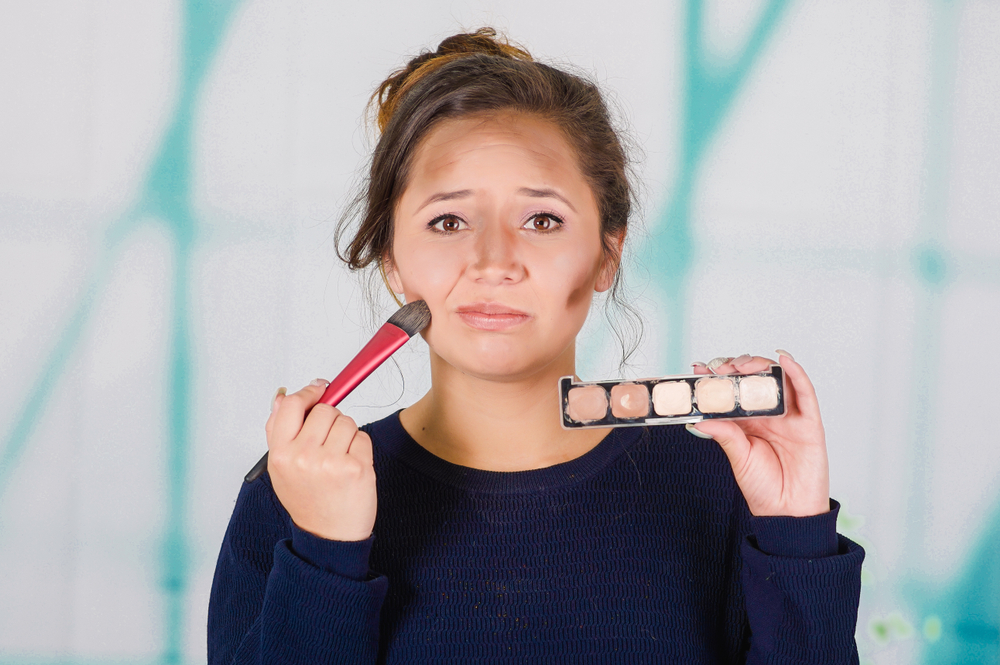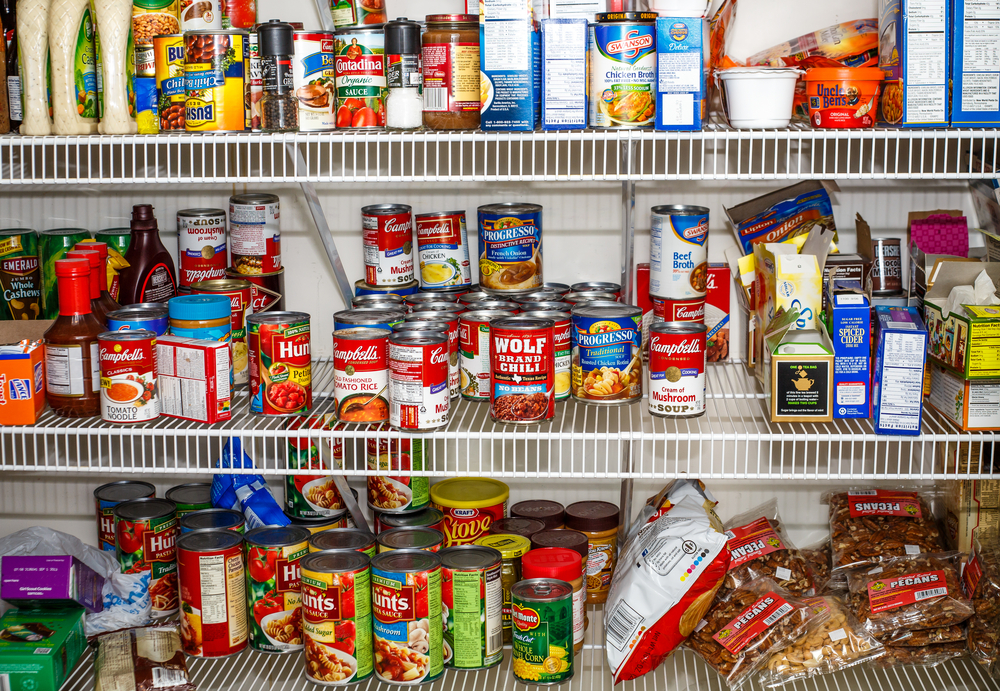We all have that one product we swear by—maybe it’s the dry shampoo that saves your hair on gym days or the nonstick pan that turns eggs into buttery perfection. But here’s the plot twist: some of those everyday faves just got slapped with a big fat health warning. Like, officially. Scientists, consumer watchdogs, and even some very stressed-out dermatologists are now pointing to a growing list of household and personal items that might be doing more harm than good.
And we’re not talking fringe conspiracy vibes—we mean full-on studies, recalls, and government investigations. These aren’t mystery products from sketchy overseas websites either. We’re talking about stuff in your kitchen, your bathroom, and maybe even your purse. So before you re-up on that “harmless” household essential, check out the first five culprits that were just added to the severe health risk list. Your body (and maybe your lawsuit attorney) will thank you.
1. Gas Stoves

Gas stoves have always been the main character in the kitchen. They look cool, heat fast, and give serious “I know how to cook” vibes. But recently, researchers are blowing the lid off their health risks—specifically, the indoor air pollution they quietly produce. A study featured in NPR found that gas stoves release nitrogen dioxide, a respiratory irritant linked to asthma and other lung issues.
Even when they’re off, they can leak small amounts of methane and other chemicals. And if your kitchen isn’t well-ventilated? You’re basically hosting a smog event every time you boil pasta. The EPA doesn’t regulate indoor air quality the same way they do outdoor pollution, which means millions of homes are cooking under a cloud. Consider cracking a window or using an exhaust fan religiously—or go electric if you’re in the market for a switch because no one wants their carbonara served with a side of chronic inflammation.
2. Aerosol Dry Shampoo
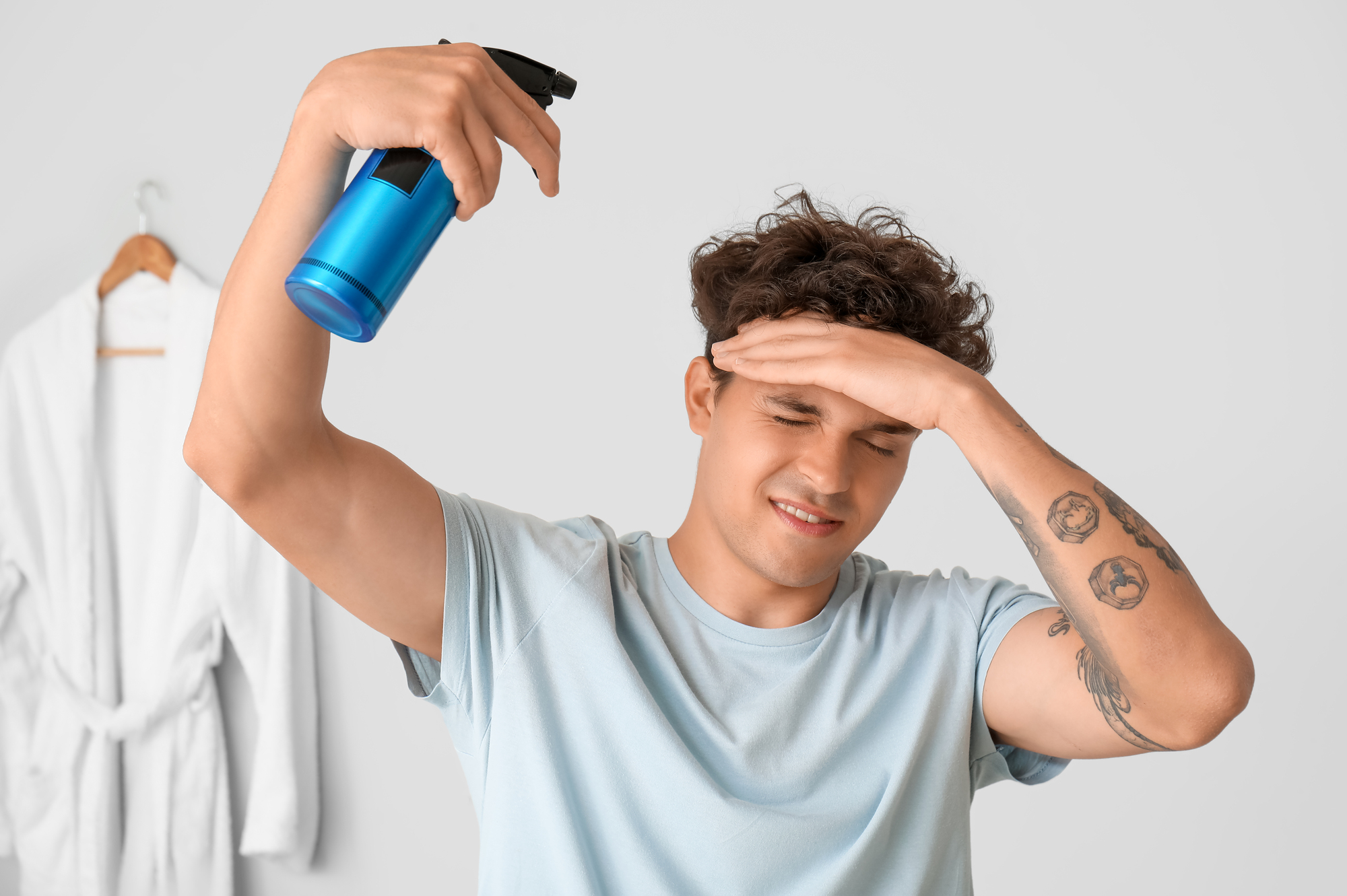
That miracle-in-a-can that turns greasy roots into salon volume? It might be doing more than freshening up your look. Recent independent testing revealed that several popular aerosol dry shampoos contain benzene, a known human carcinogen. Yup—the same chemical found in gasoline. It’s reported that brands like Dove and Tresemmé were part of a massive recall when unsafe levels of benzene were detected.
Inhaling it, even in small amounts over time, has been linked to leukemia and other blood disorders. The scariest part? These products were marketed as safe enough for daily use. The FDA’s still catching up with regulation, but many consumers are now switching to powder-based alternatives or going old-school with actual shampoo. If you’ve got one of those cans sitting in your bathroom, maybe check the recall list. Your hair can survive one more wash—your lungs deserve better.
3. Nonstick Cookware

Your favorite pan may flip pancakes like a champ, but if it’s coated with older Teflon or similar PFAS chemicals, you might want to rethink your breakfast game. PFAS—also called “forever chemicals”—don’t break down in the environment or your body. These chemicals have been linked to thyroid issues, liver damage, and even certain cancers.
They’ve shown up in blood samples, drinking water, and yes—your kitchen cabinet. While many brands have moved away from old-school Teflon formulas, a shocking number of cheap nonstick pans still contain dangerous PFAS coatings. Overheating or scratching these surfaces can release toxic fumes you can’t even see. The safer swap? Look for PFAS-free ceramic cookware or stainless steel. It’s a little more work on cleanup, but your hormones and liver will thank you.
4. Artificially Scented Candles
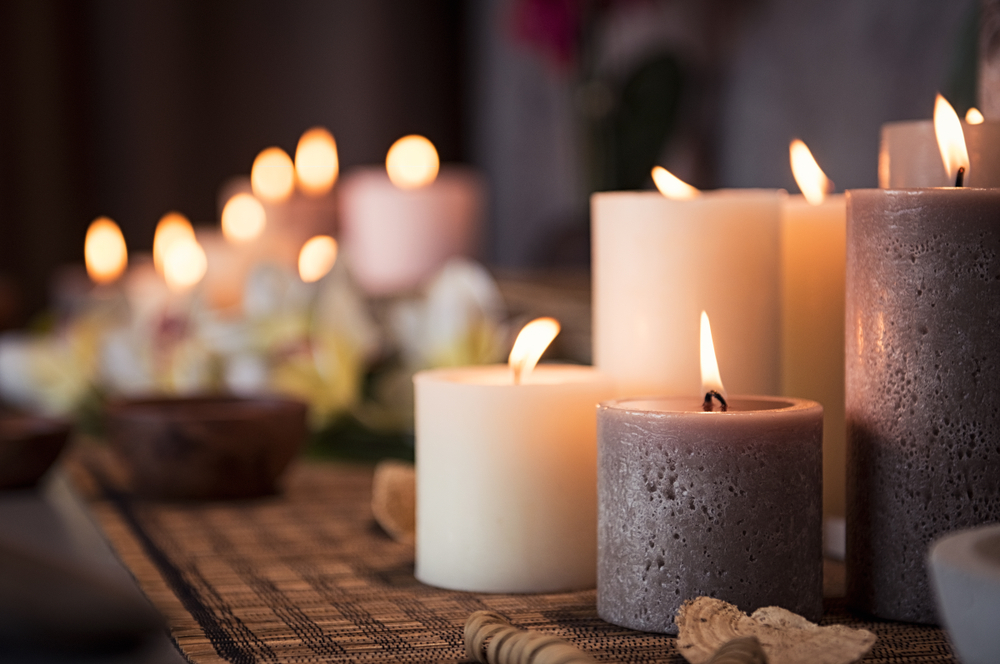
That cozy candle you light for vibes? It might be filling your apartment with more than just “pumpkin spice latte.” Many scented candles contain phthalates and other volatile organic compounds (VOCs) that can mess with your respiratory system, hormones, and even reproductive health. Experts have warned that when burned, these chemicals are released into the air and inhaled directly into your lungs.
Some even emit formaldehyde—yes, that formaldehyde. Not all candles are evil, but the cheaper ones (especially those made with paraffin wax and synthetic fragrance oils) tend to be the worst offenders. If your candle gives you a headache or irritates your throat, it’s probably time to swap it out. Go for soy or beeswax-based options with natural essential oils instead. You can still get the vibe without the toxicity. Bonus: they last longer and smell better, too.
5. Chemical Hair Straighteners
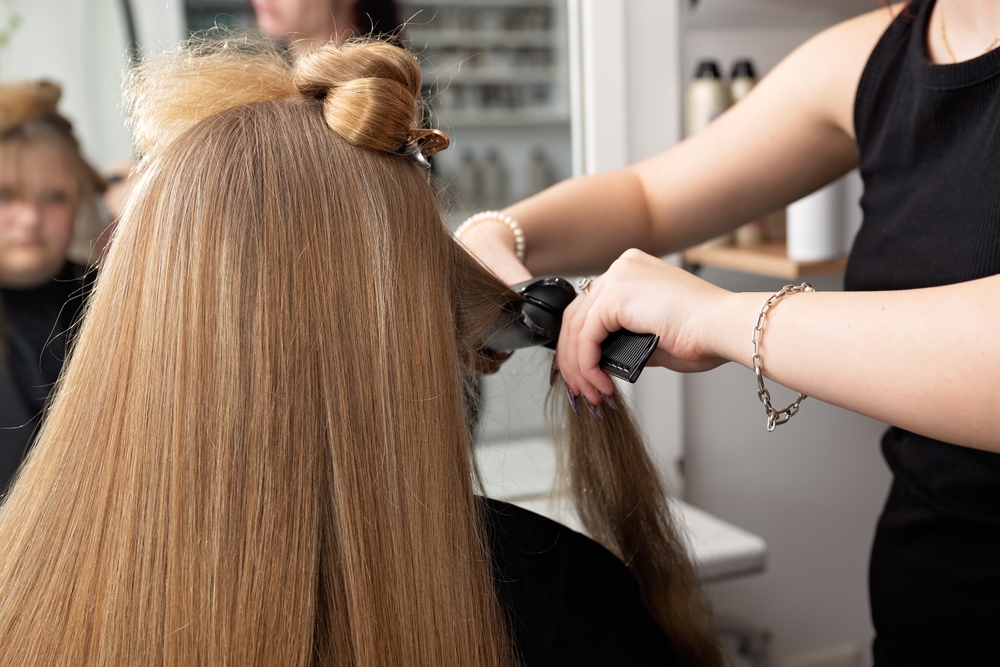
If you’ve ever sat through a chemical straightening treatment and thought, “Wow, this can’t be good for me,” you were right. Recent lawsuits and studies have linked long-term use of chemical hair relaxers to an increased risk of uterine cancer. Women who regularly use these products were more than twice as likely to develop uterine cancer compared to those who didn’t.
The danger comes from endocrine-disrupting chemicals often found in these products, which can be absorbed through the scalp. Black women, who disproportionately use these treatments, are especially at risk. While the FDA has proposed new rules to ban formaldehyde in these products, many are still being sold in salons and on store shelves. If you’re using them regularly, it’s worth reading the label—or just rethinking your whole routine. Your style shouldn’t come at the cost of your health.
6. Plastic Food Containers

That innocent-looking plastic container you’ve been reheating leftovers in? It might be low-key sabotaging your hormones. Many plastic containers—especially older ones—contain BPA or similar chemicals that can leach into food when heated. These endocrine disruptors have been linked to everything from fertility issues to metabolic disorders. And microwaving them? That’s like throwing gas on the fire.
Even BPA-free plastics aren’t totally safe—some still contain BPS or other sketchy alternatives. Over time, exposure adds up, especially if you use plastic for daily meals or long-term food storage. If your container looks scratched, cloudy, or cracked, it’s time to retire it. Better swaps? Glass or stainless steel. They’re dishwasher-safe, microwave-friendly, and way less shady. Plus, no weird plastic aftertaste on your lasagna.
7. Home Air Fresheners
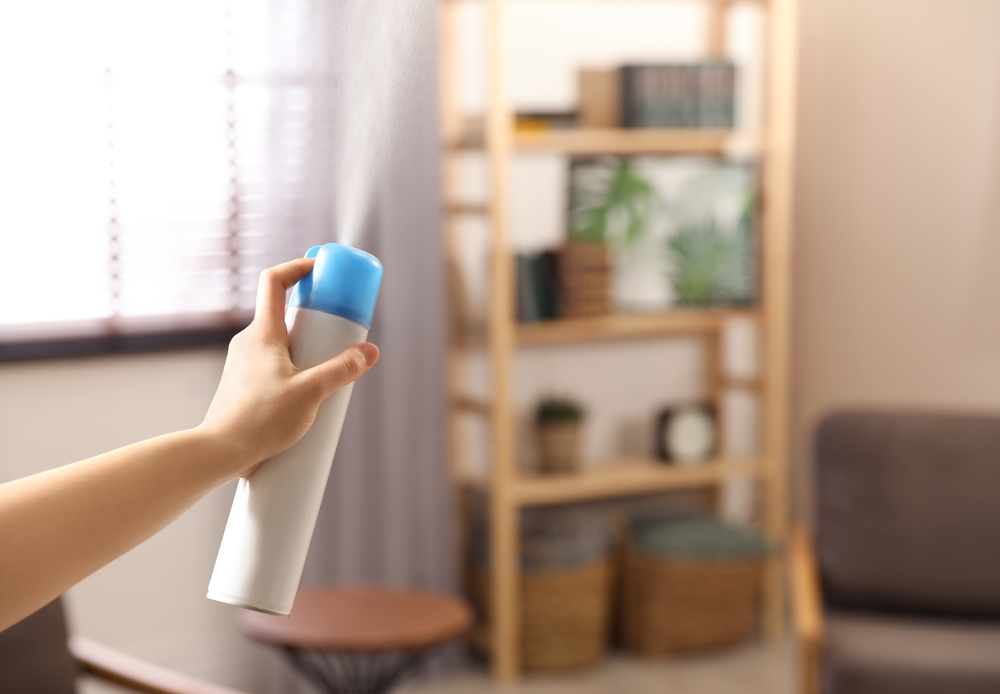
You know that “fresh linen” scent blasting from your plug-in? It’s less “spa day” and more chemical cocktail. Most commercial air fresheners contain formaldehyde, phthalates, and other VOCs that linger in the air long after you’ve stopped noticing the smell. These compounds are linked to asthma, hormone disruption, and headaches.
And because they’re classified as “fragrance,” companies don’t have to tell you exactly what’s in them. Fun. Even the ones labeled “natural” or “clean” can sneak in synthetic scents or hidden irritants. If you’re breathing it in 24/7, your lungs are doing more work than you think. Try opening a window, using essential oil diffusers, or simmering citrus and herbs instead. Smells just as good, without turning your living room into a chemistry lab.
8. Talcum Powder
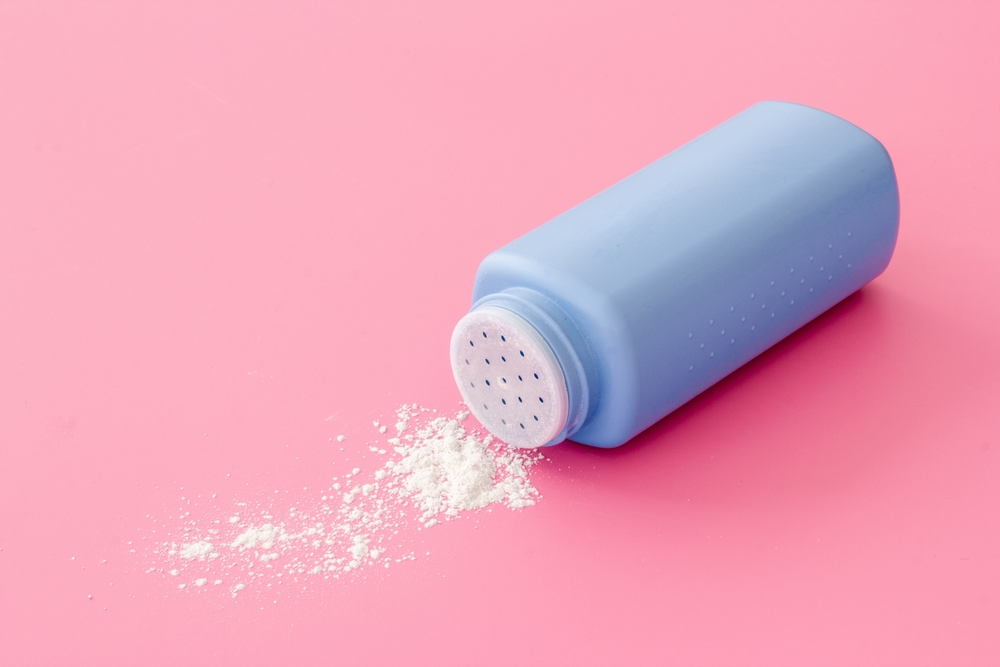
Once a staple in every baby bag and bathroom cabinet, talcum powder has taken a major fall from grace. It’s been under fire for potential contamination with asbestos, a known carcinogen. Long-term use in the genital area has been linked to ovarian cancer, and several major lawsuits have already rocked big-name brands. Even “pure” talc can carry risks due to the way it’s mined.
While some companies have reformulated or discontinued talc-based products altogether, plenty are still on the shelves. And if you’re using them daily? That risk gets compounded. Cornstarch-based powders are a safer bet, especially if you’re dealing with sweat, friction, or skin sensitivity. Bottom line: check your labels. You don’t need a health scare to stay dry and fresh.
9. Antibacterial Soaps
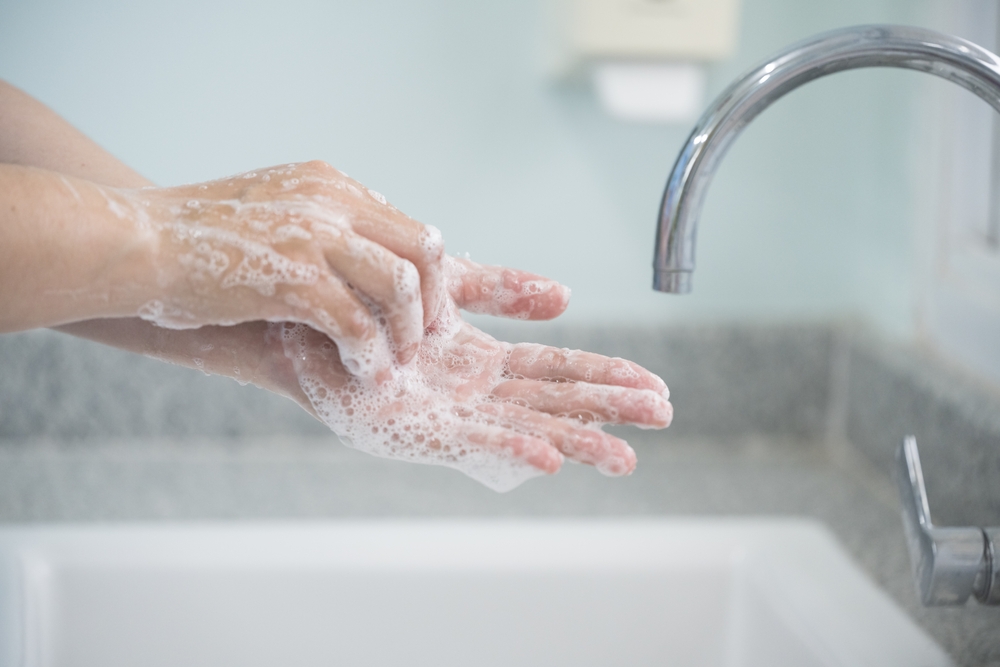
Remember when antibacterial soap was the holy grail of cleanliness? Turns out, it might be doing more harm than good. Many contain triclosan, a chemical now banned in hand soaps by the FDA but still lurking in other products like toothpaste and deodorant. Overuse can lead to antibiotic-resistant bacteria and disrupt your skin’s natural microbiome.
Plus, there’s evidence it messes with hormone levels over time. The kicker? Regular soap and water are just as effective at killing germs, without the long-term consequences. If your go-to hand wash has “antibacterial” in big letters, maybe give it the side-eye. The goal is clean hands, not a chemical experiment. Your immune system will thank you.
10. Chemical Sunscreens
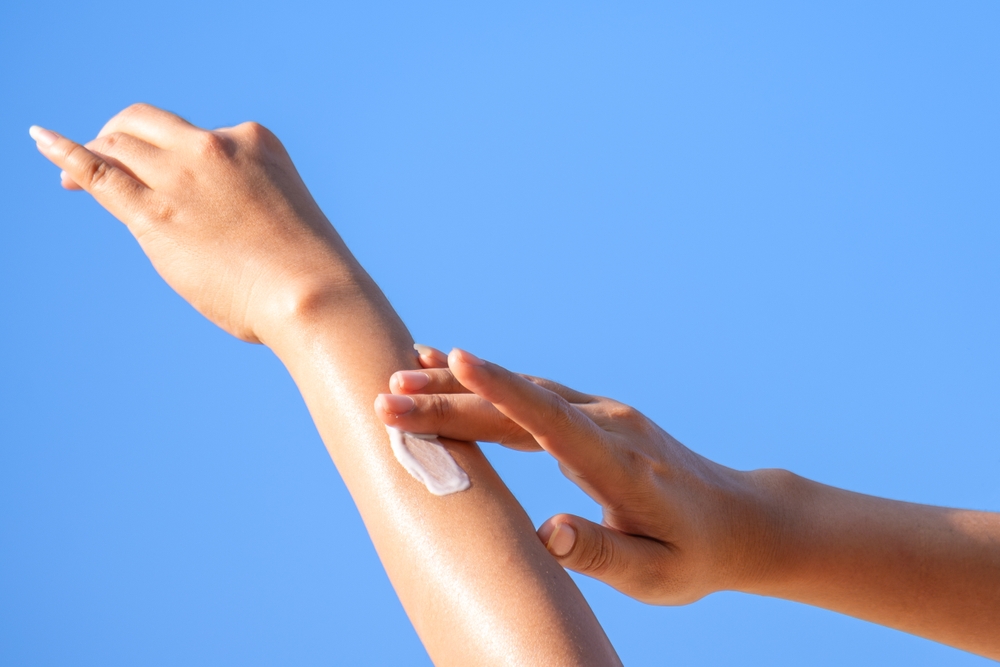
Yes, you should definitely be wearing sunscreen, but not all sunscreens are created equal. Chemical sunscreens with ingredients like oxybenzone and octinoxate absorb into your skin and have been found in blood, breast milk, and even urine samples. Over time, they can disrupt hormone function and cause allergic reactions.
They’ve also been flagged for environmental harm, particularly to coral reefs. If your sunscreen comes with a side of guilt and a weird rash, maybe it’s time for a switch. Mineral sunscreens (with zinc oxide or titanium dioxide) sit on top of the skin instead of soaking in—and they work just as well. Bonus: they’re reef-safe and often better for sensitive skin. Slather up smart.
11. Waterproof Mascara
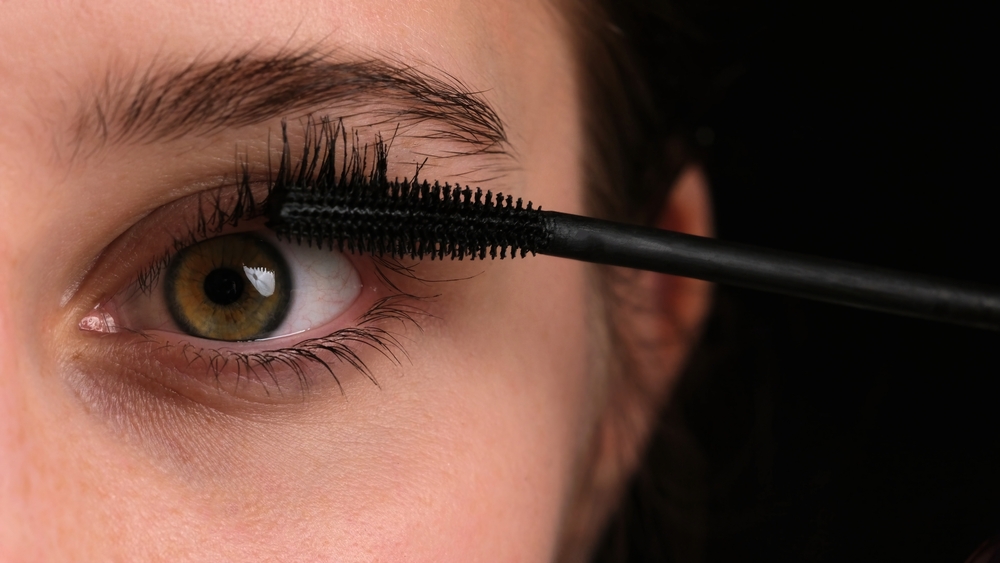
Waterproof mascara might survive a breakup, a thunderstorm, and a sweaty spin class—but your lashes? Not so much. These formulas often require harsh rubbing or oil-based removers to take off, which can damage lash follicles and irritate the delicate eye area. Some also contain parabens and formaldehyde-releasing agents to increase shelf life—yeah, that close to your eyeballs.
Using it daily can cause lashes to become brittle, break off, or even fall out completely. It’s fine for special occasions, but if it’s your everyday go-to, you might be overdoing it. Your lashes need to breathe, too. Stick to gentler, washable formulas when you’re not doing an Olympic swim. Your future lash line will appreciate it.
12. Chemical Weed Killers
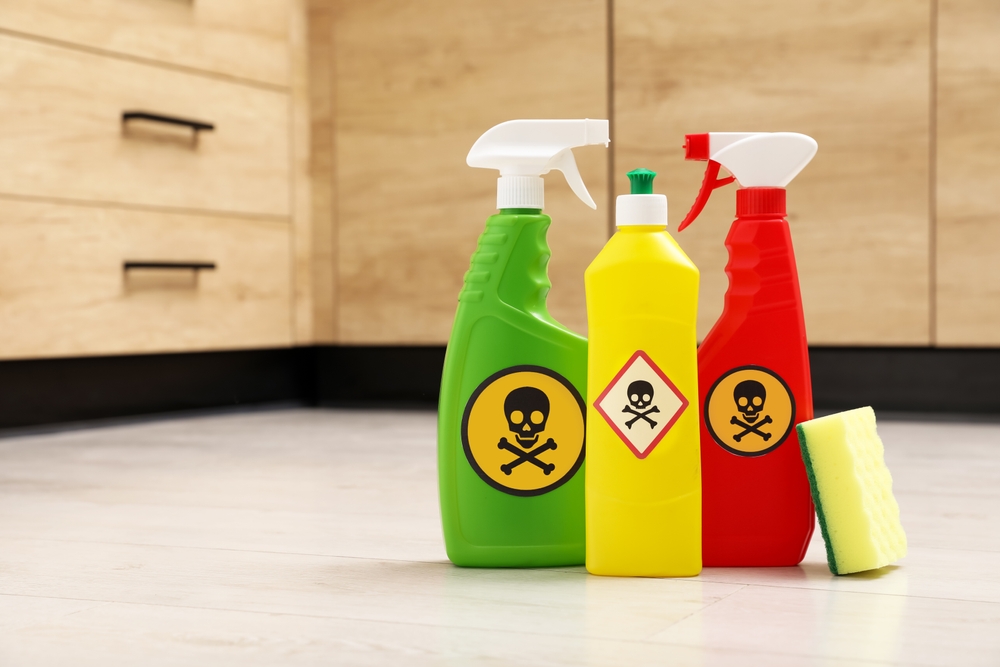
Keeping your lawn pristine shouldn’t come at the cost of your health. Many popular weed killers—especially those with glyphosate—have been under intense scrutiny for their potential link to cancer. While still legal in many areas, multiple studies have raised serious concerns about long-term exposure.
Spraying it around your home or garden, especially near kids or pets, is a risk most people don’t even think twice about. The chemical doesn’t just disappear; it can linger in the soil, drift in the air, or even sneak into groundwater. And despite big-brand denials, lawsuits continue to roll in. If you’re still using one of those classic green bottles, it might be time to swap for a safer, vinegar-based alternative. Your lawn can look good and not be toxic.
Natasha is a seasoned lifestyle journalist and editor based in New York City. Originally from Sydney, during a stellar two-decade career, she has reported on the latest lifestyle news and trends for major media brands including Elle and Grazia.

